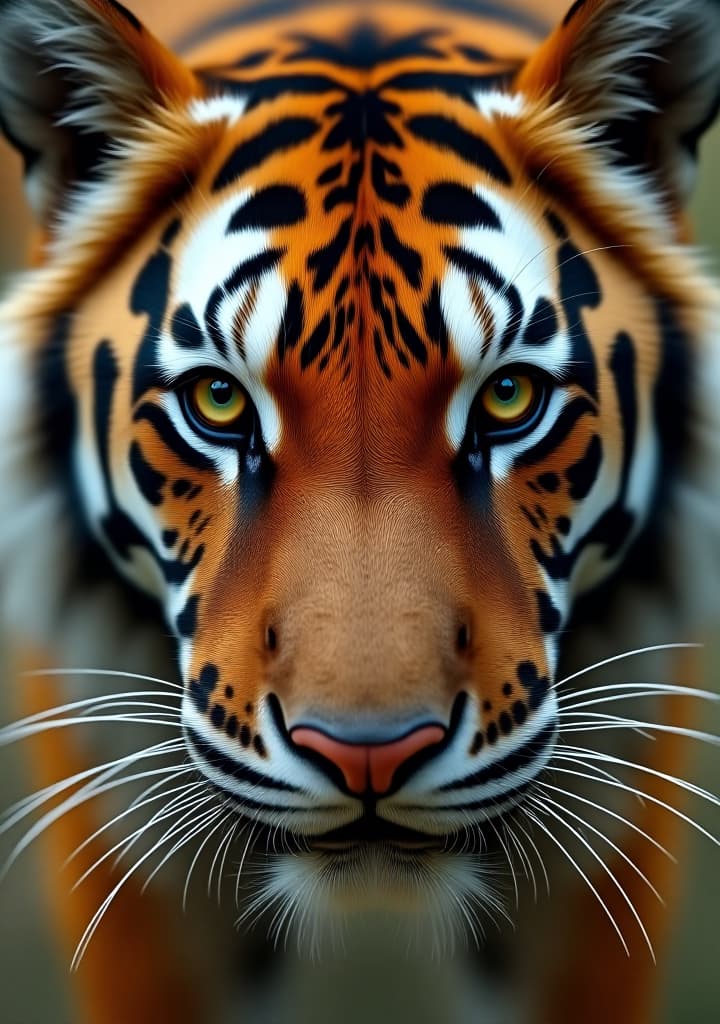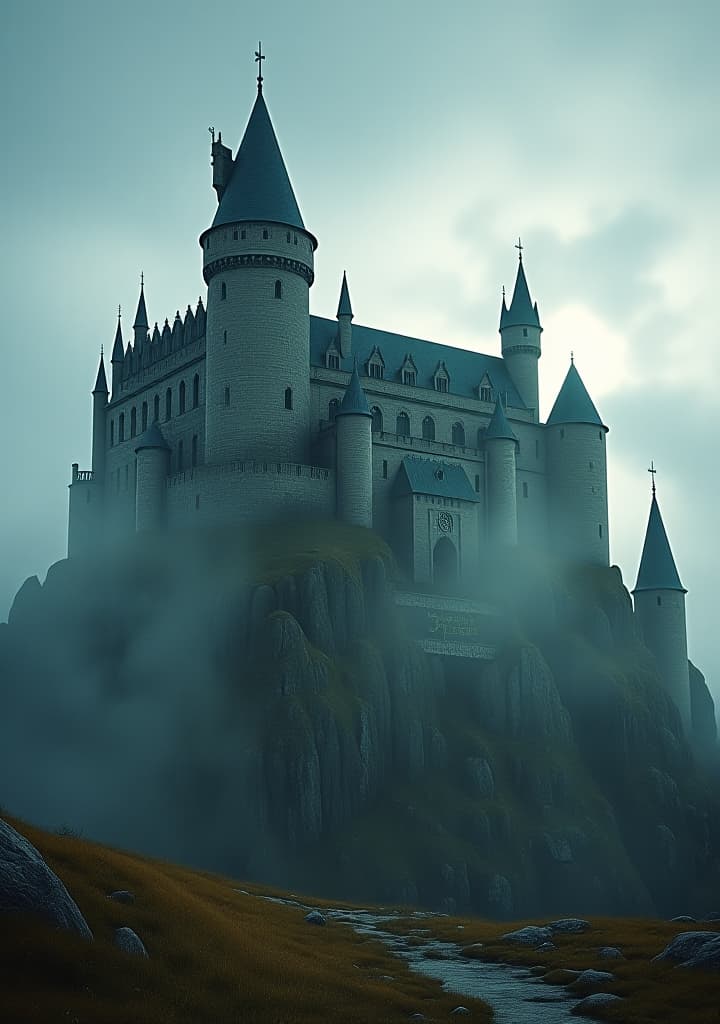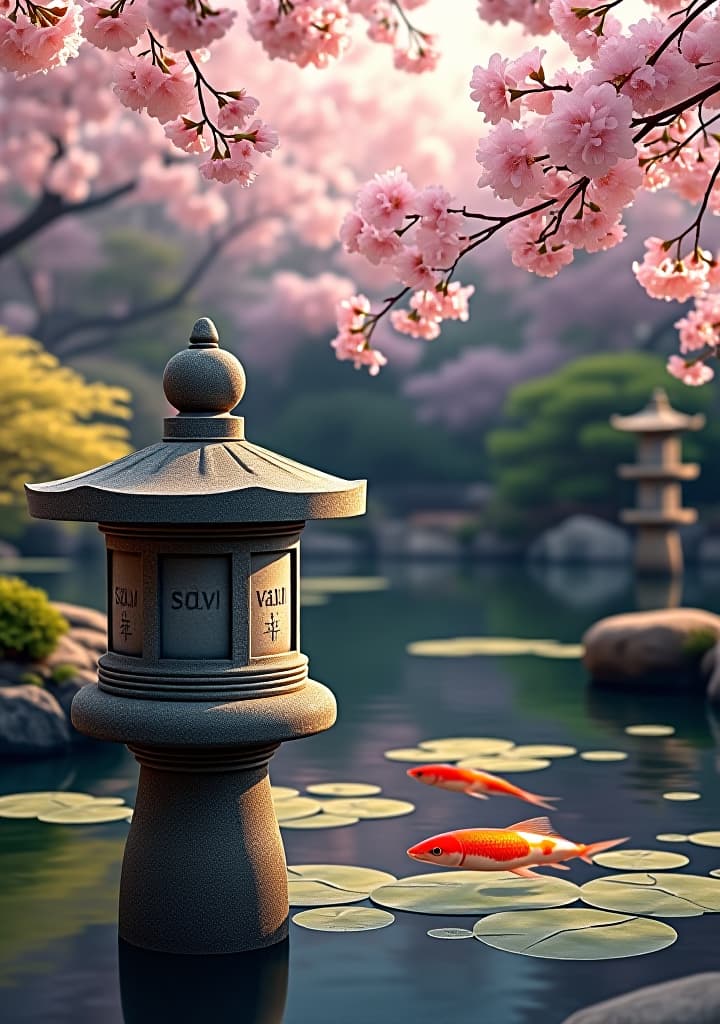
Author: Stability
- No. API Calls
- 1735098
- Uploaded
- Sep 23, 2024
- Base Model
- stabilityai/stable-diffusion-xl-base-1.0
- Model ID
- sdxl
Images
Generated
Images generated with SDXL 1.0 and its prompt
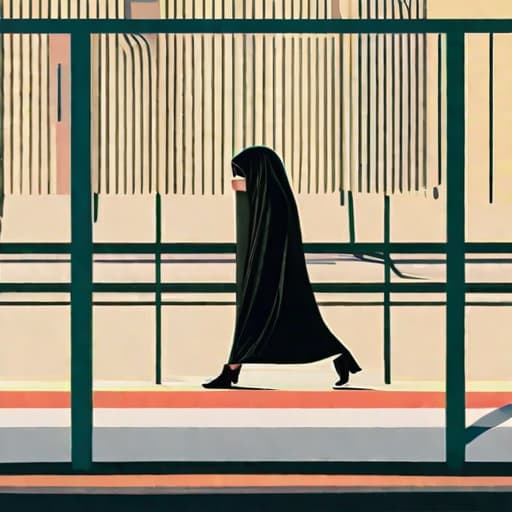
A middle aged Muslim woman, wearing a black chador covering her face, walks on a sunny, busy city street.
![[BLANK AUDIO] [ Silence ] [ Silence ] [ Silence ] [ Silence ] [ Silence ] [ Silence ] [BLANK AUDIO]](https://modelslab.com/cdn-cgi/image/quality=75/https://cdn2.stablediffusionapi.com/generations/0-d1c56fc2-181b-4ca1-876c-be9e45722586.png)
[BLANK AUDIO] [ Silence ] [ Silence ] [ Silence ] [ Silence ] [ Silence ] [ Silence ] [BLANK AUDIO]
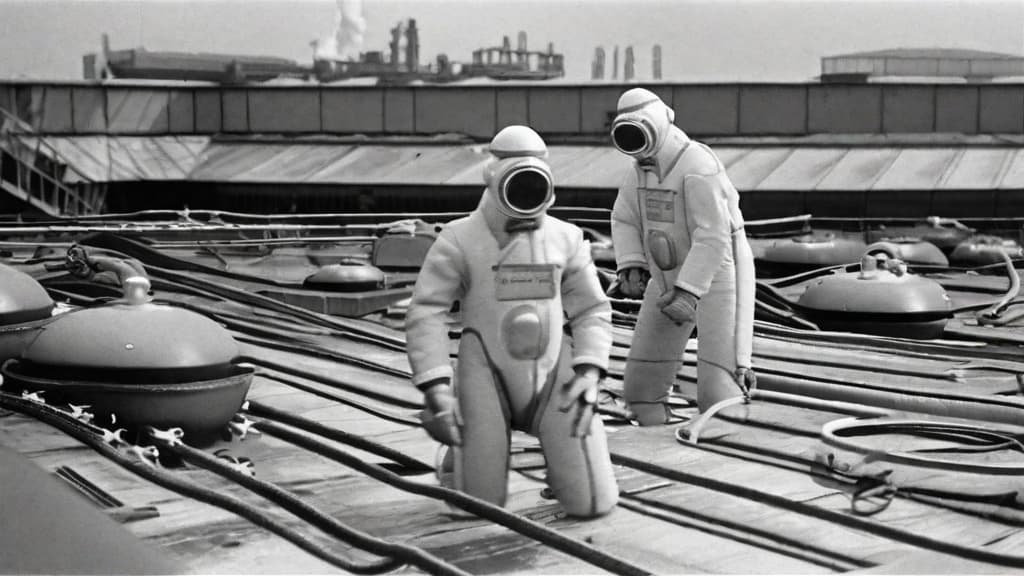
The most complex decontamination mission given to the liquidators involved cleaning the roof of the Chernobyl Power Plant Reactor No. 4 that had exploded. Several robots were initially deployed for the cleaning mission, but all of them malfunctioned due to the high levels of radiation. The only solution was to deploy humans, so called bio robots, to manually remove the highly radioactive rubble and debris. There were about 3750 bio robots operating on that roof. They were given improvised aprons and vests lined with lead to protect them from radiation. Lead pieces were also placed in other areas of the body.
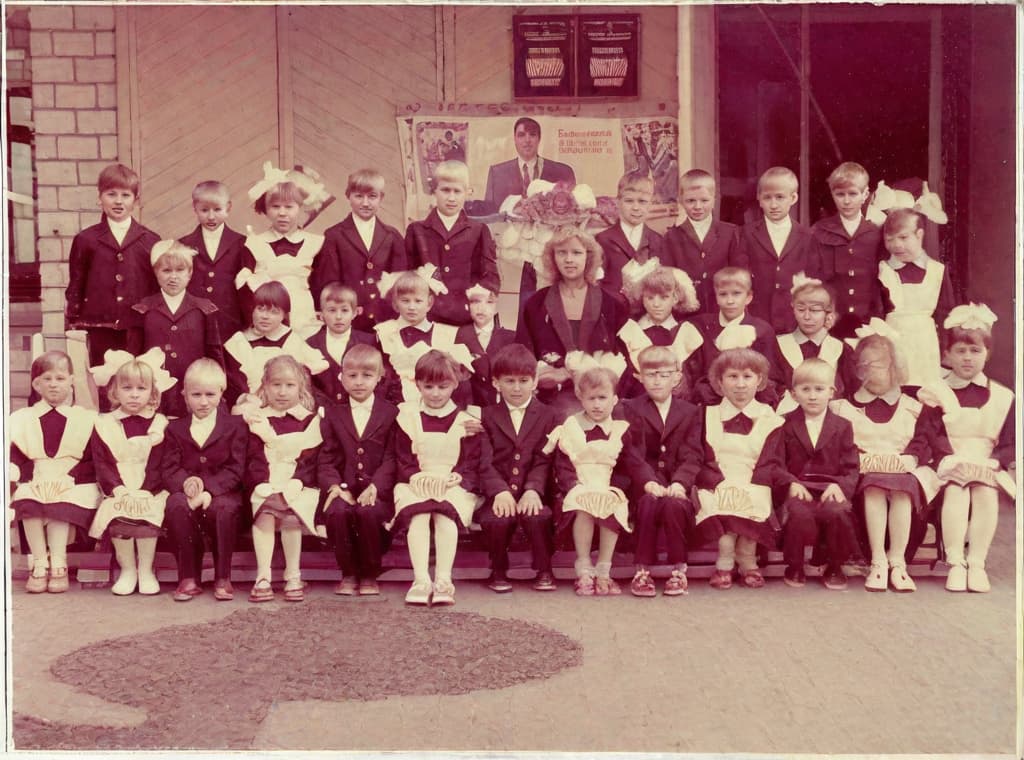
This photo was taken on September 1st 1986, exactly 128 days, or 4 months and 4 days, after the Chernobyl catastrophe took place. It captures my first day at in Gomel, Belarus. I had just turned that summer. In the photo, one can see my clmates and our teacher. Some are standing with their arms hanging beside their bodies, while others are seated on a low bench with their hands neatly placed on their . The students are arranged in three lines: 10 in the 3rd (top) back line, 9 in the 2nd (middle) line, and 13 in the 1st front line, totaling 32 students. There are 17 boys and 15 s, distinguished by the dress code. My friend Genadi is 4th from the right in the 3rd (top) line. I am seated in the very center of the
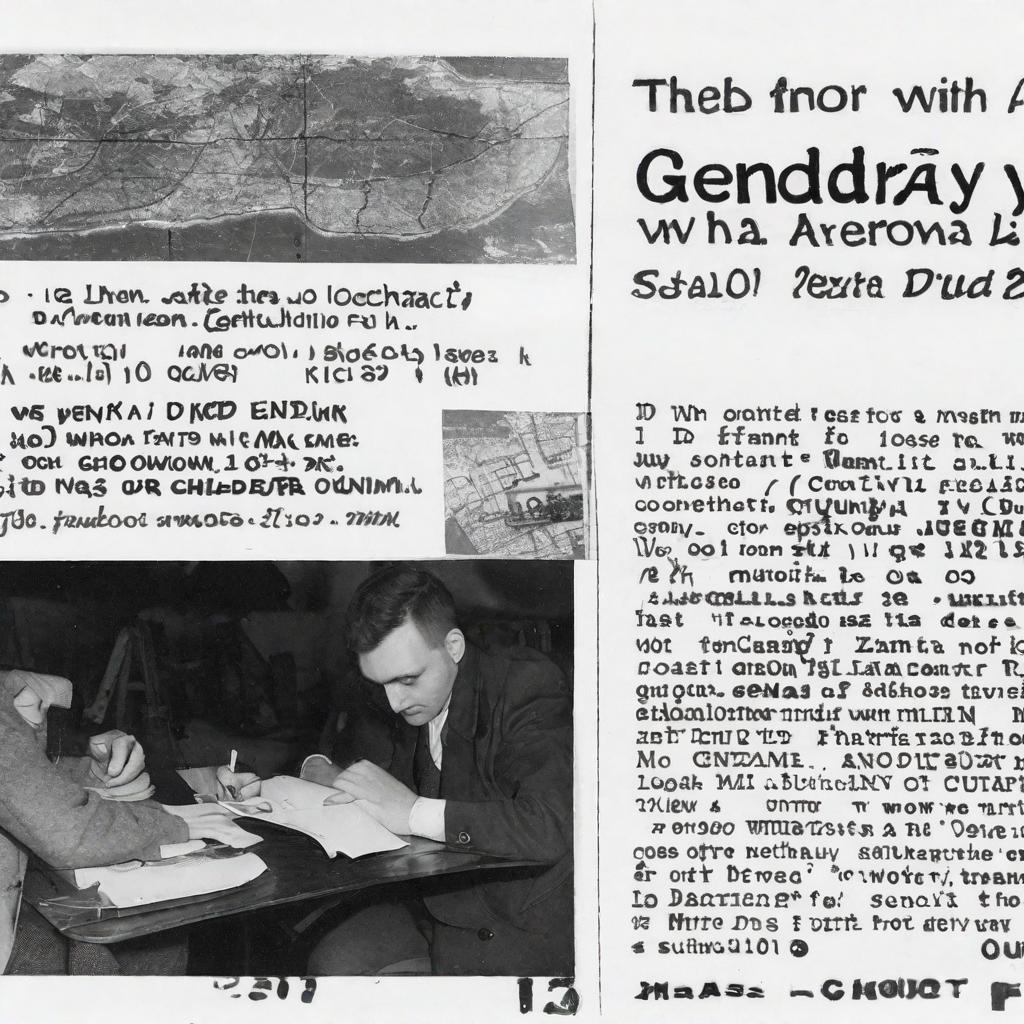
As part of operations for the trip, I attempted to trace a childhood friend of mine, Gennady, with whom I lost contact shortly after we left Soviet Union. It was quite close to our departure and those events were not successful.
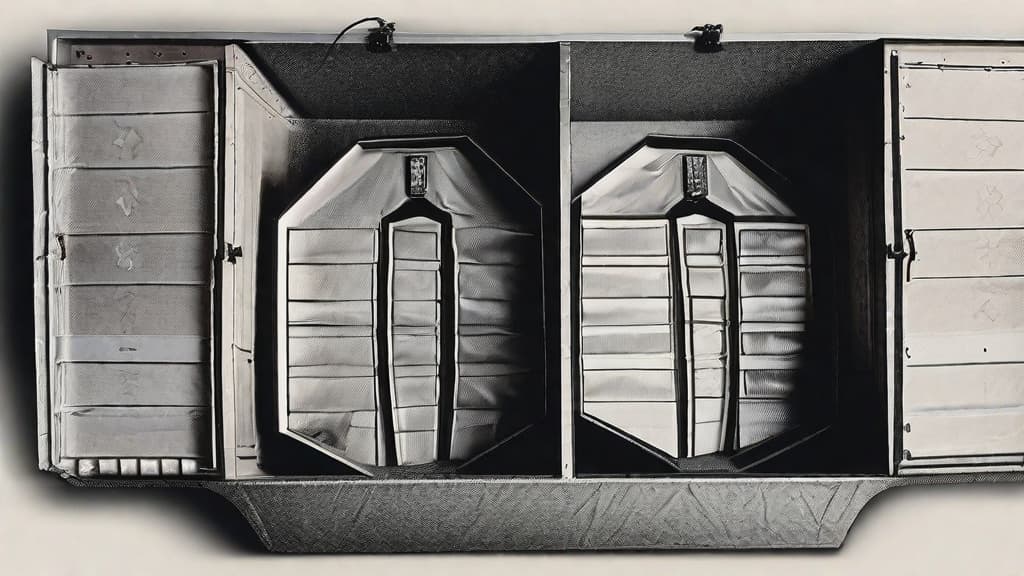
Similarly, all the other things that we have to do is to do is to do a quick analysis of the system. First responders. power plant workers, firefighters and liquidators who were to doses of radiation in the immediate aftermath of the Chernobyl explosion or during the cleanup of the cleanest efforts and died shortly thereafter were buried in special coffins made of zinc. These coffins were designed to be air tightened. airtight and waterproof and were often lined with layers of lead or other sealing materials. The burial took place in a designated strict area. areas, often beneath layers of concrete. Funerals were conducted quickly and with a high level of secrecy, without access for family members. in order to prevent gatheri
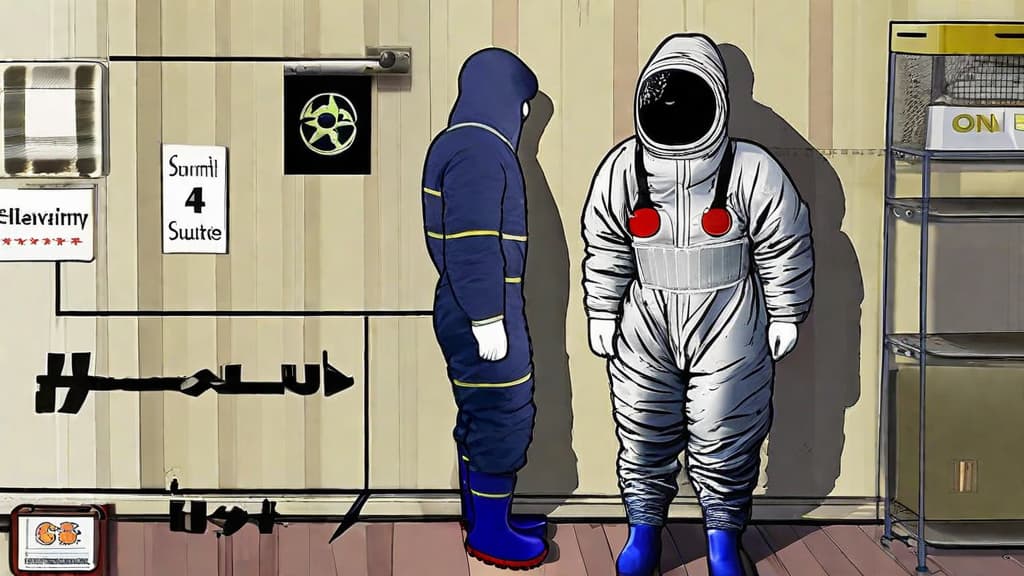
On eBay Finally I found an original USSR Chernobyl liquidator chemical protection suit for 40 euros which I shipped to my apartment. package I opened the box to find the suit wrapped in black plastic nylon.
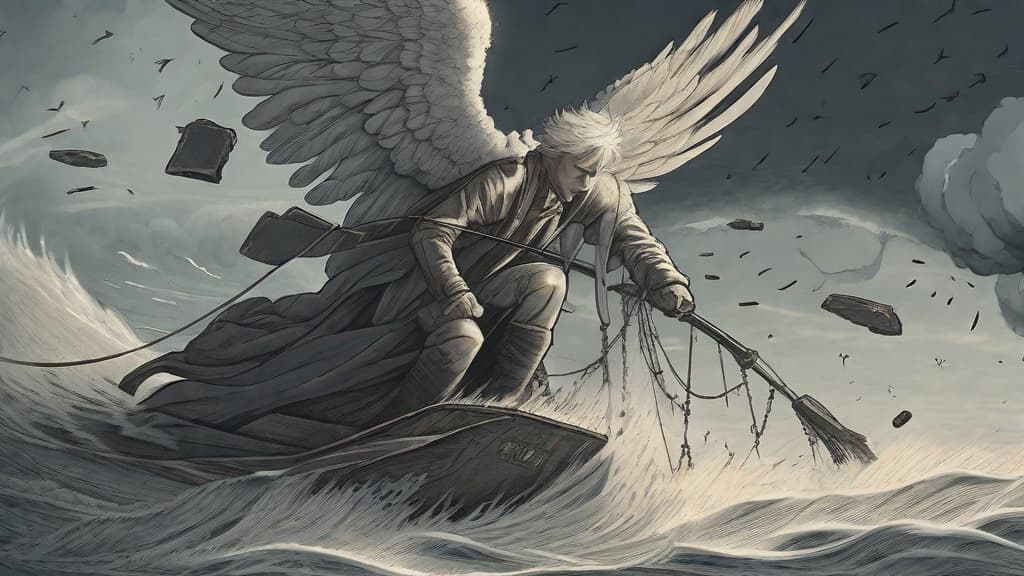
His face is turned toward the past. Where we perceive a chain of events, he sees one single catastrophe which keeps piling wreckage upon wreckage and hurls it in front of his feet. The angel would like to stay, awaken the dead, and make whole what has been smashed. The storm irresistibly propels him into the future to which his back is turned, while the pile of debris before him grows skyward. The storm is what we call progress.
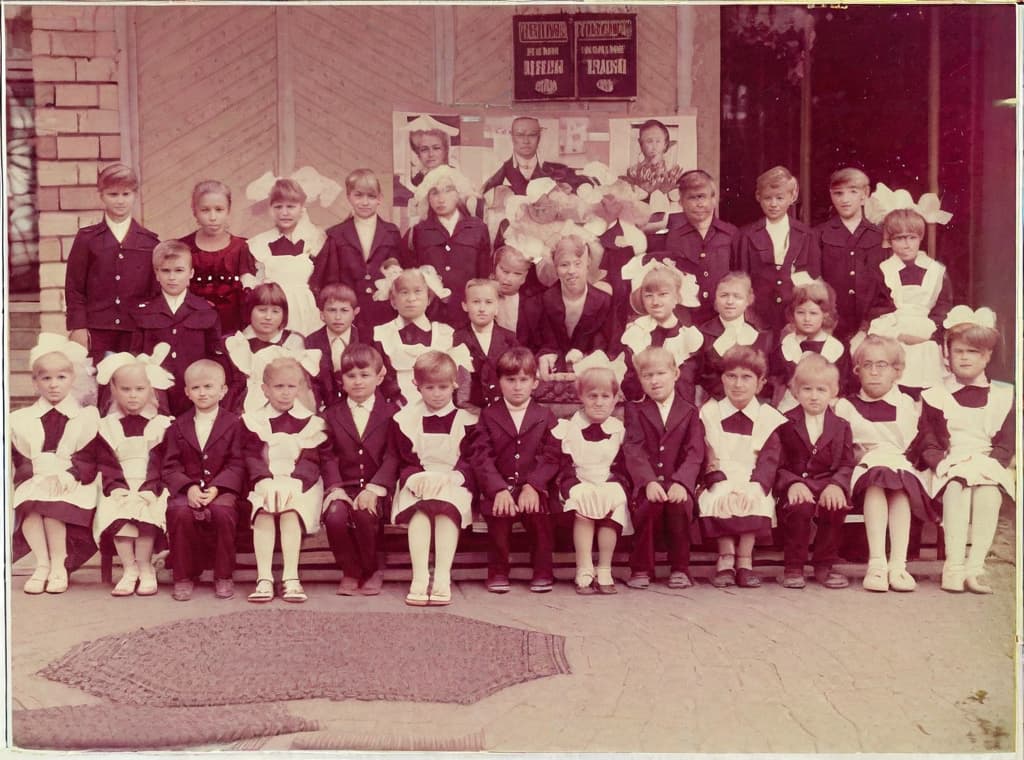
This photo was taken on September 1st 1986, exactly 128 days, or 4 months and 4 days, after the Chernobyl catastrophe took place. It captures my first day at in Gomel, Belarus. I had just turned that summer. In the photo, one can see my clmates and our teacher. Some are standing with their arms hanging beside their bodies, while others are seated on a low bench with their hands neatly placed on their . The students are arranged in three lines: 10 in the 3rd (top) back line, 9 in the 2nd (middle) line, and 13 in the 1st front line, totaling 32 students. There are 17 boys and 15 s, distinguished by the dress code. My friend Genadi is 4th from the right in the 3rd (top) line. I am seated in the very center of the
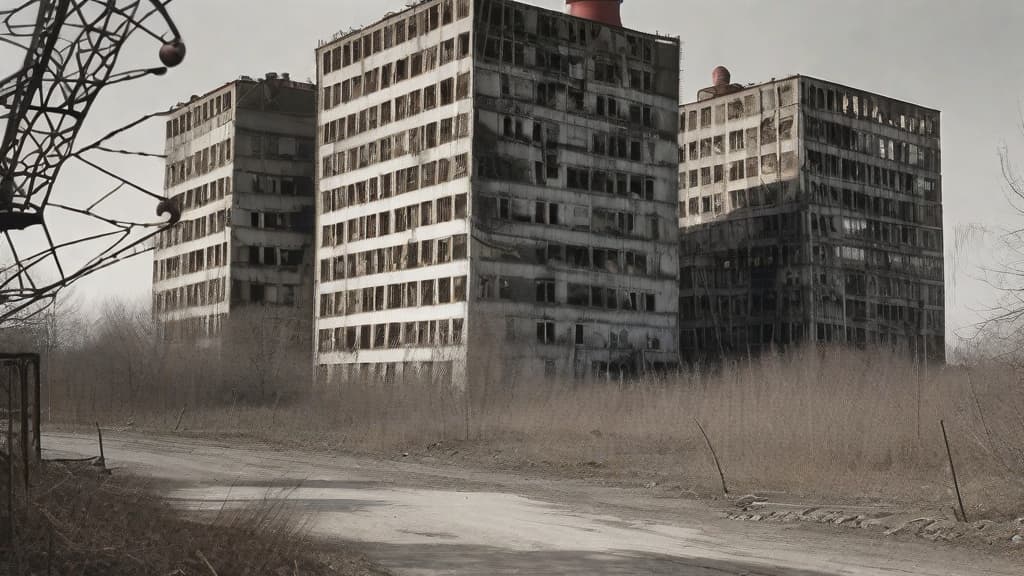
As the Soviet authorities shared very limited information, obtaining details about what really happened in Chernobyl was confined to rumors or what were known as voices – European news agencies or Russian speaking broadcasts from abroad.
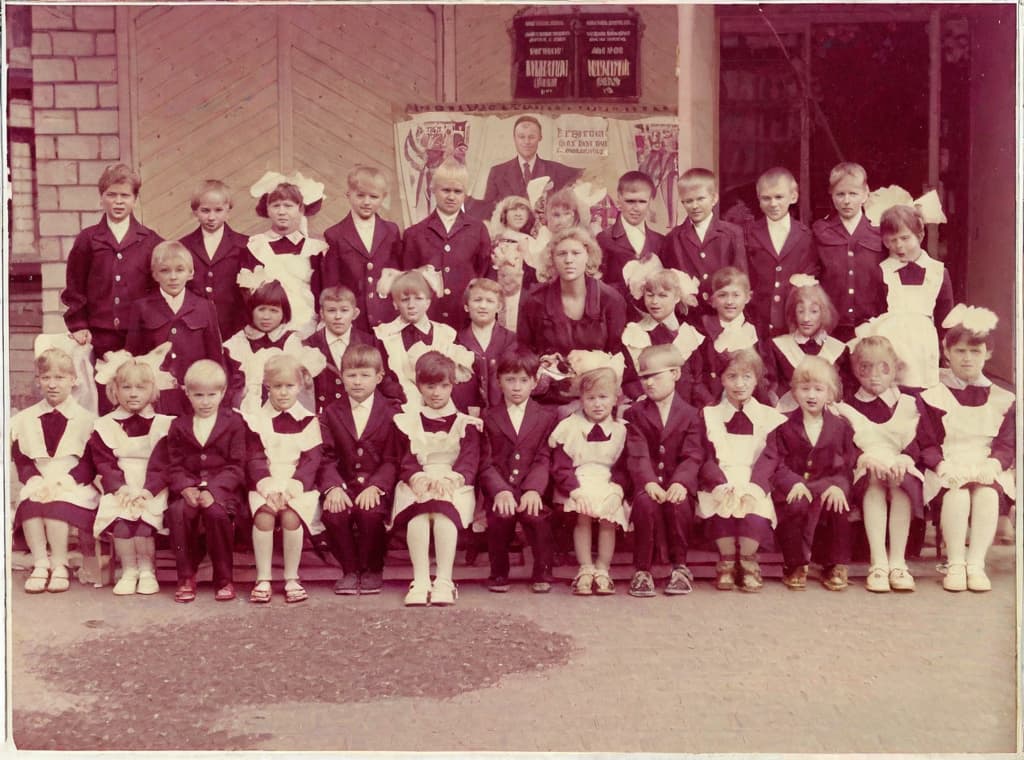
This photo was taken on September 1st 1986, exactly 128 days, or 4 months and 4 days, after the Chernobyl catastrophe took place. It captures my first day at in Gomel, Belarus. I had just turned that summer. In the photo, one can see my clmates and our teacher. Some are standing with their arms hanging beside their bodies, while others are seated on a low bench with their hands neatly placed on their . The students are arranged in three lines: 10 in the 3rd (top) back line, 9 in the 2nd (middle) line, and 13 in the 1st front line, totaling 32 students. There are 17 boys and 15 s, distinguished by the dress code. My friend Genadi is 4th from the right in the 3rd (top) line. I am seated in the very center of the
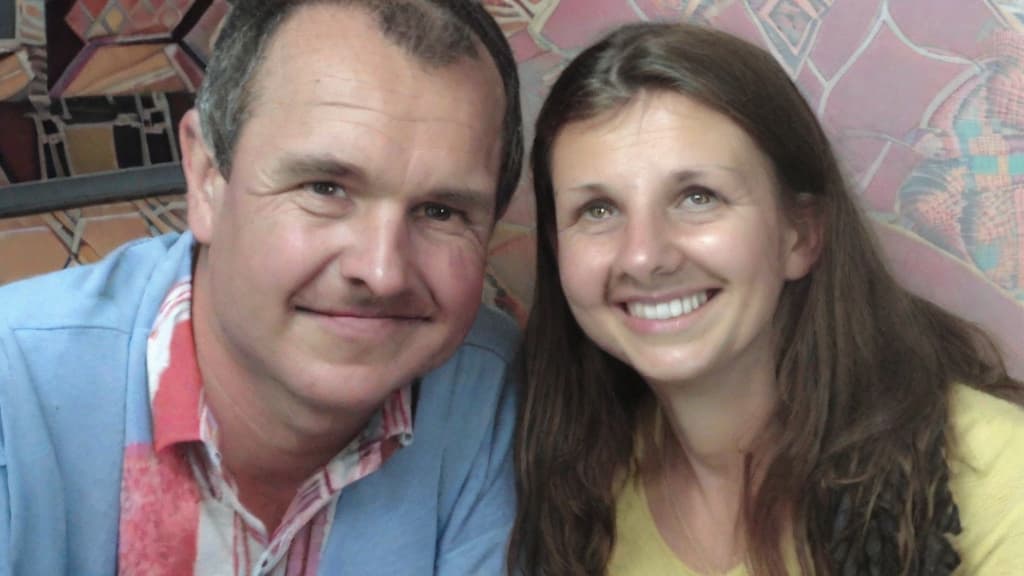
It was only after leaving Belarus that I was suddenly conducted the by a woman who shares the same last name as my childhood friend, Gennady's wife, who somehow heard I was looking for him. was established. We have had several talks with Gennady and were able to update each other on our lives since I left Belarus. very close friends and spend all our free time together as kids. I learned that not only did I undergo a significant shift in my life when my great degrading, but it was also a major rupture for him when that happened. 'Things were never the same for me after you left,' he said. Additionally, I found out that he has a son who is periodically sick going in and out of hospitals.

Quien creo a dios hyperrealistic, full body, detailed clothing, highly detailed, cinematic lighting, stunningly beautiful, intricate, sharp focus, f/1. 8, 85mm, (centered image composition), (professionally color graded), ((bright soft diffused light)), volumetric fog, trending on instagram, trending on tumblr, HDR 4K, 8K
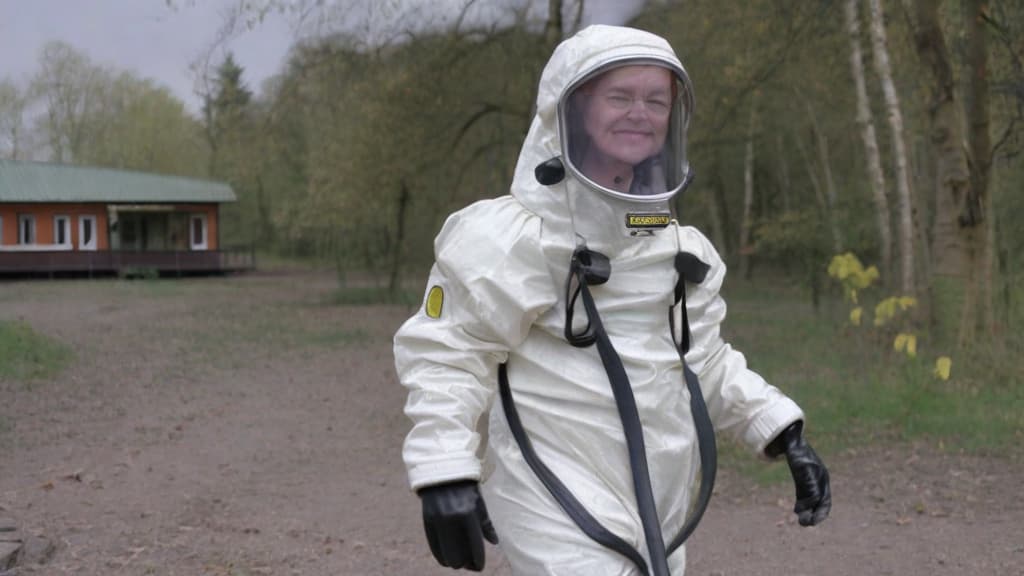
Revisiting Belarus ignited a profound desire within me to delve deeper into my rekindled friendship with Gennady by transforming our reunion and conversations into a documentary. This project aimed to encapsulate the essence of our meeting and the journey that led to it. To bring this vision to life, I dedicated the upcoming year and a half to meticulously planning and setting the stage for our cinematic rendezvous. In my quest for authenticity, I stumbled across a rare find on eBay an original USSR Chernobyl liquidator chemical protection suit, priced at merely 40 euros. The historical significance and the potential it held for our project prompted me to purchase it, shipping it directly to my residence. Upon its arrival, I discovered
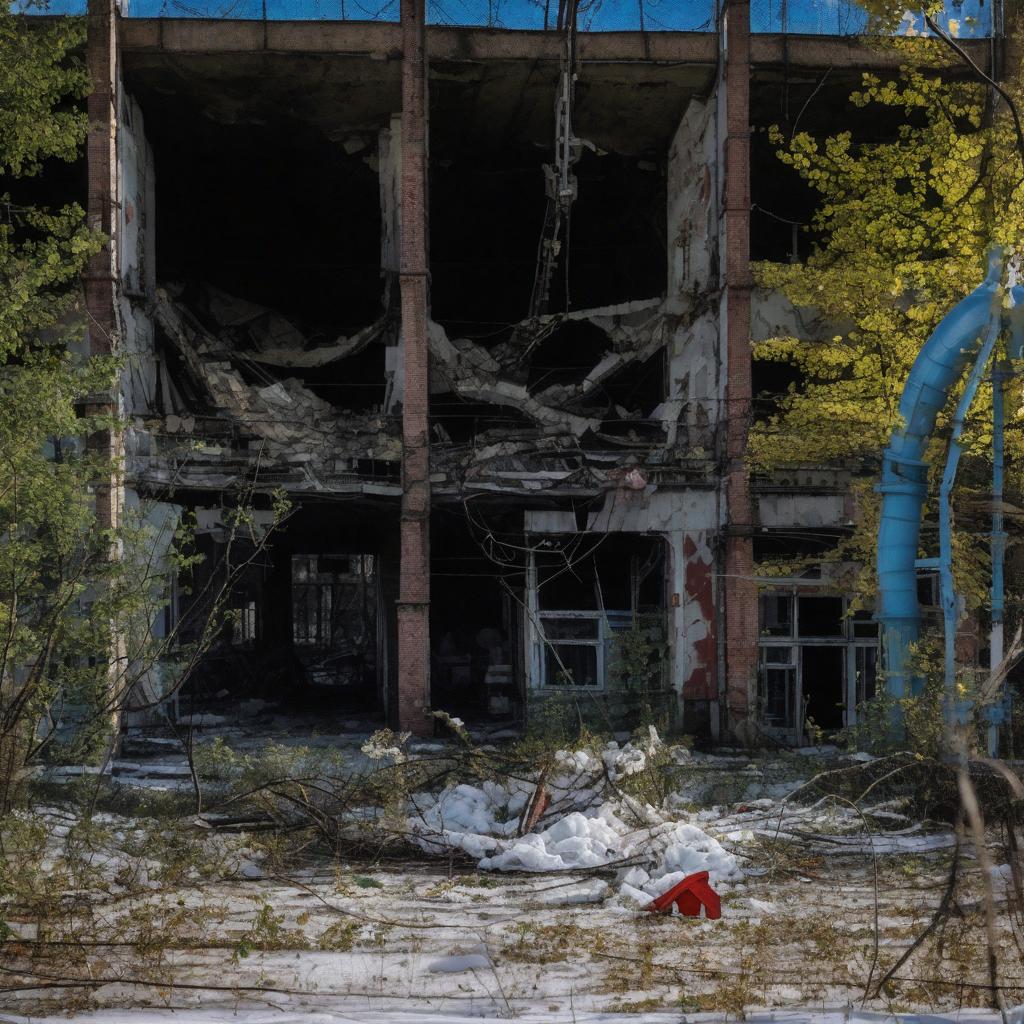
As the Soviet authorities shared very limited information, obtaining details about what really happened in Chernobyl was confined to rumors or what were known as voices – European news agencies or Russian speaking broadcasts from abroad.
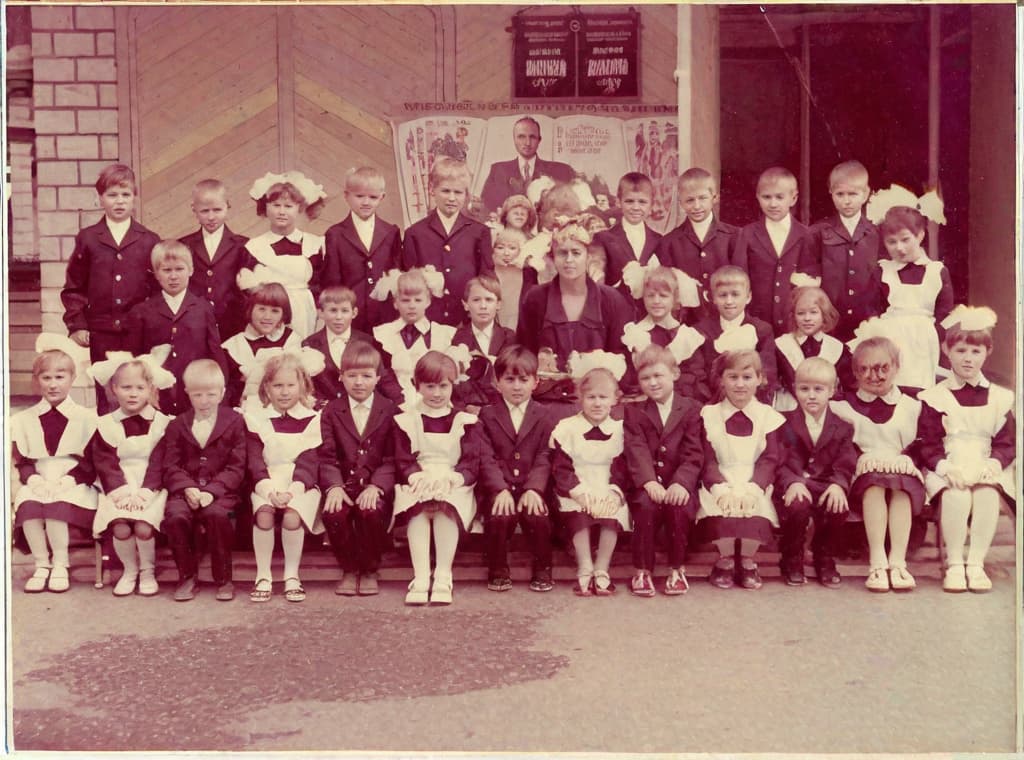
This photo was taken on September 1st 1986, exactly 128 days, or 4 months and 4 days, after the Chernobyl catastrophe took place. It captures my first day at in Gomel, Belarus. I had just turned that summer. In the photo, one can see my clmates and our teacher. Some are standing with their arms hanging beside their bodies, while others are seated on a low bench with their hands neatly placed on their . The students are arranged in three lines: 10 in the 3rd (top) back line, 9 in the 2nd (middle) line, and 13 in the 1st front line, totaling 32 students. There are 17 boys and 15 s, distinguished by the dress code. My friend Genadi is 4th from the right in the 3rd (top) line. I am seated in the very center of the

angel, scabbed wings, sadness, soak in blood, evil , ((masterpiece)), best quality, very detailed, high resolution, sharp, sharp image, extremely detailed, 4k, 8k
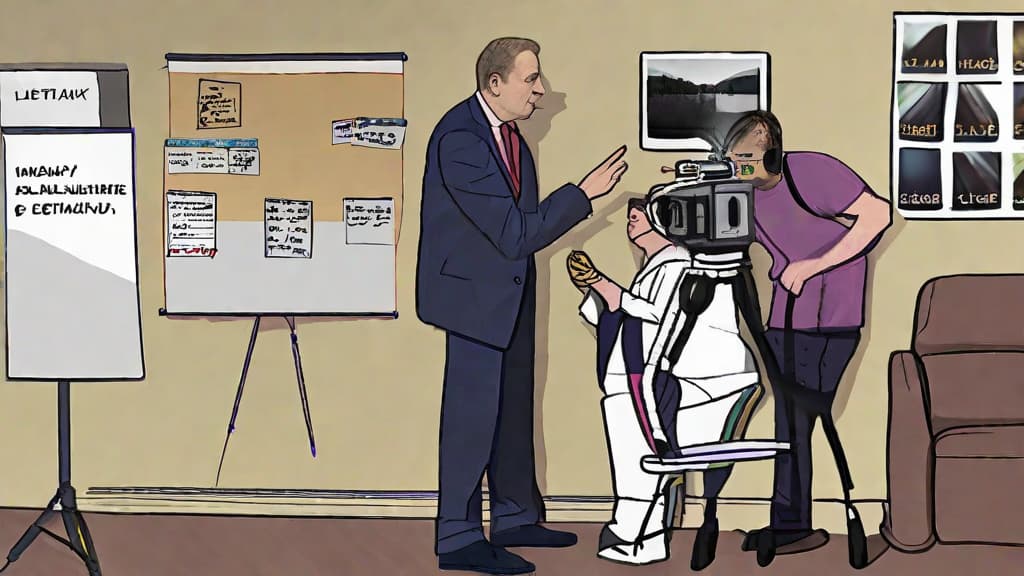
After returning for Belarus, Belarus, I felt the urge to continue our conversation with Gennady and turn it into a movie project. Aiming to capture our meeting on camera, we'd finally have happens. The next year and a half was spent in order to launch the project and plan our meeting.
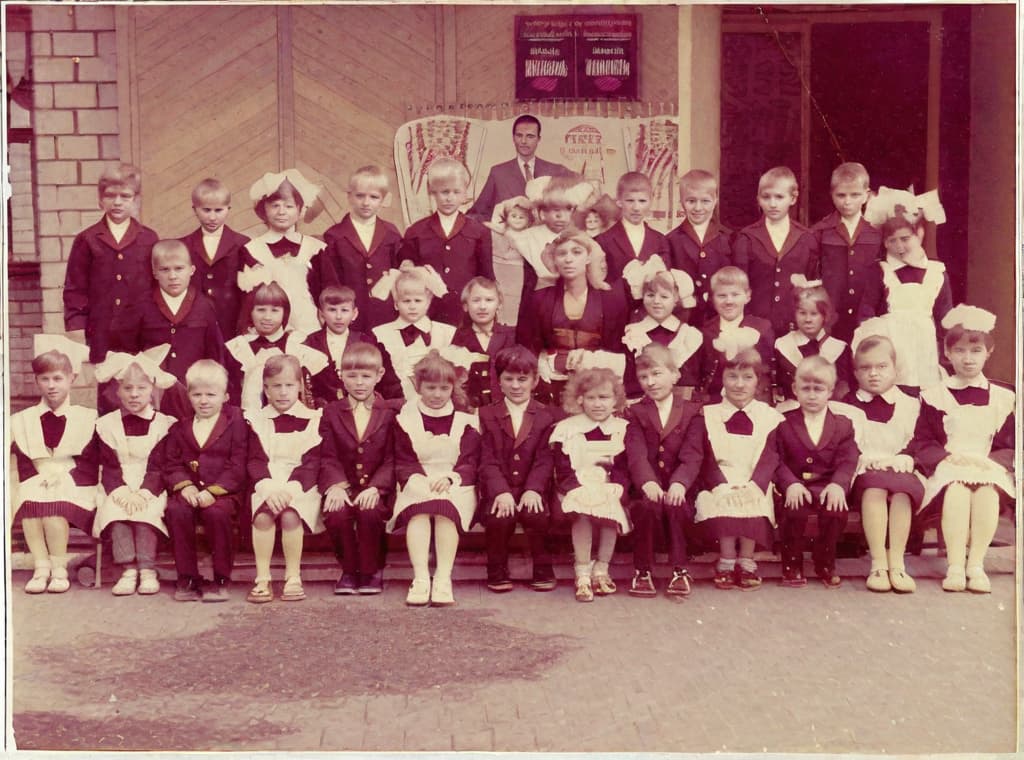
This photo was taken on September 1st 1986, exactly 128 days, or 4 months and 4 days, after the Chernobyl catastrophe took place. It captures my first day at in Gomel, Belarus. I had just turned that summer. In the photo, one can see my clmates and our teacher. Some are standing with their arms hanging beside their bodies, while others are seated on a low bench with their hands neatly placed on their . The students are arranged in three lines: 10 in the 3rd (top) back line, 9 in the 2nd (middle) line, and 13 in the 1st front line, totaling 32 students. There are 17 boys and 15 s, distinguished by the dress code. My friend Genadi is 4th from the right in the 3rd (top) line. I am seated in the very center of the
